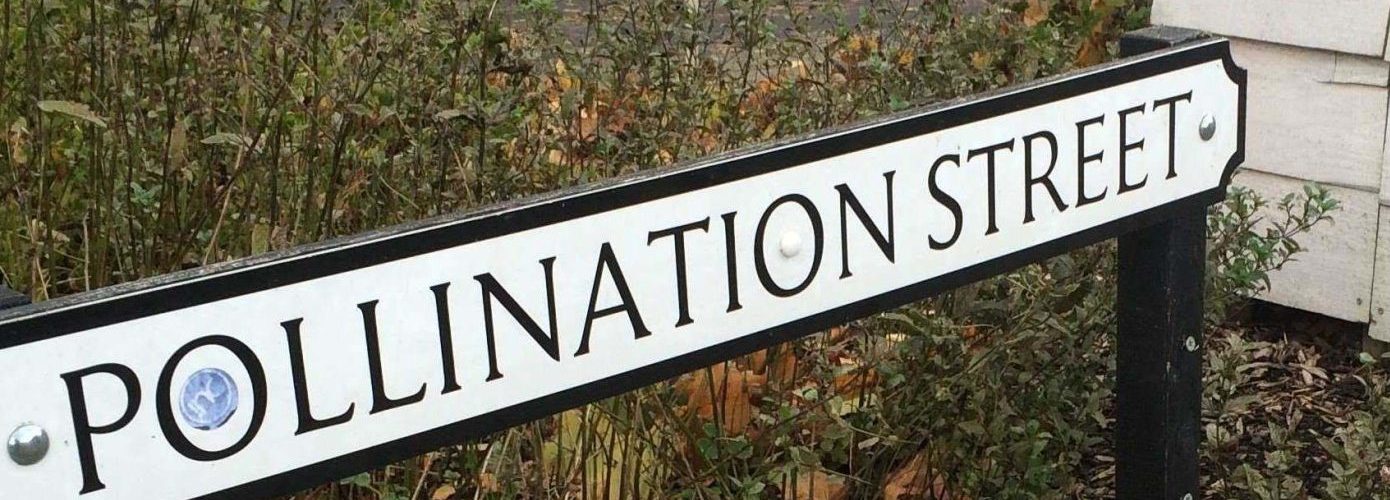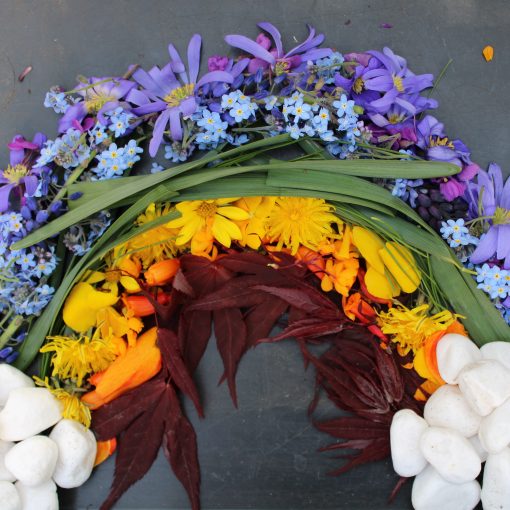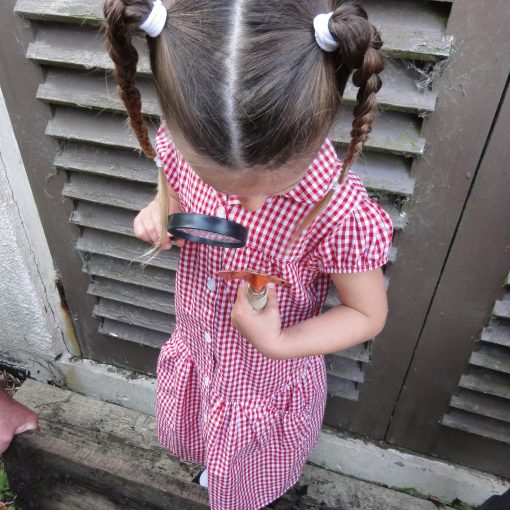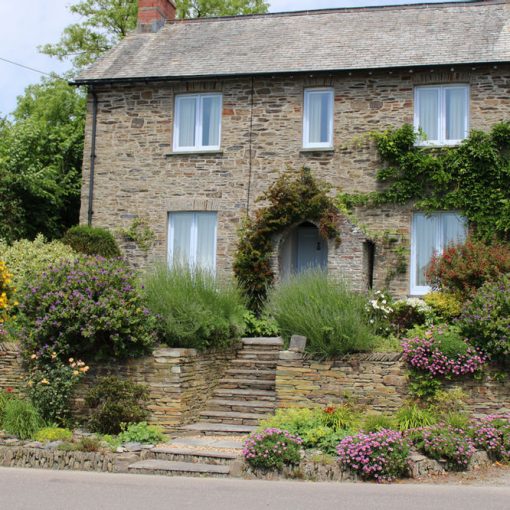Relevant to both the old Syllabus (R2101) and the new syllabus Unit 1 Topic 1 Element 5
Introduction Pollination and fertilisation are essential processes to ensure the production of fruits, which contain seeds. Producing seed is essential for survival of plant species so they have some very ingenious ways to make the process of pollination and fertilisation come about. When pollination is not left up to insects or the wind, plant breeders can manipulate pollination to create new cultivars and varieties of plants which makes sure us gardeners always have something new to grow which is also good for business. Plant breeding also introduces new cultivars which may be resistant to certain pests or diseases or have other attributes which makes them perform better.
This blog looks at the process of pollination and fertilisation, including:
- What is pollination?
- Cross pollination and self-pollination.
- Pollination vectors 4. Features of wind pollinated and insect pollinated plants.
- Hermaphrodite, monoecious and dioecious plants.
- Environmental and human threats to pollinators.
- How to get your garden buzzing and fluttering.
- Practical ways to increase fruit yield. 9. What is fertilisation?
1. What is Pollination?
Pollination takes place in angiosperms (Flowering plants) and gymnosperms (Conifers) Angiosperm flowers come in many shapes, colours and sizes.
Pollination = the transfer of pollen from the anther of one flower to the stigma of the same or another flower of the same species thus enabling fertilisation to then take place. A vector is often required to carry the pollen from the anther to the stigma. Below is a diagram of a typical dicotyledon flower to remind you of the flower parts. This also shows cross pollination and self-pollination which are explained further later.
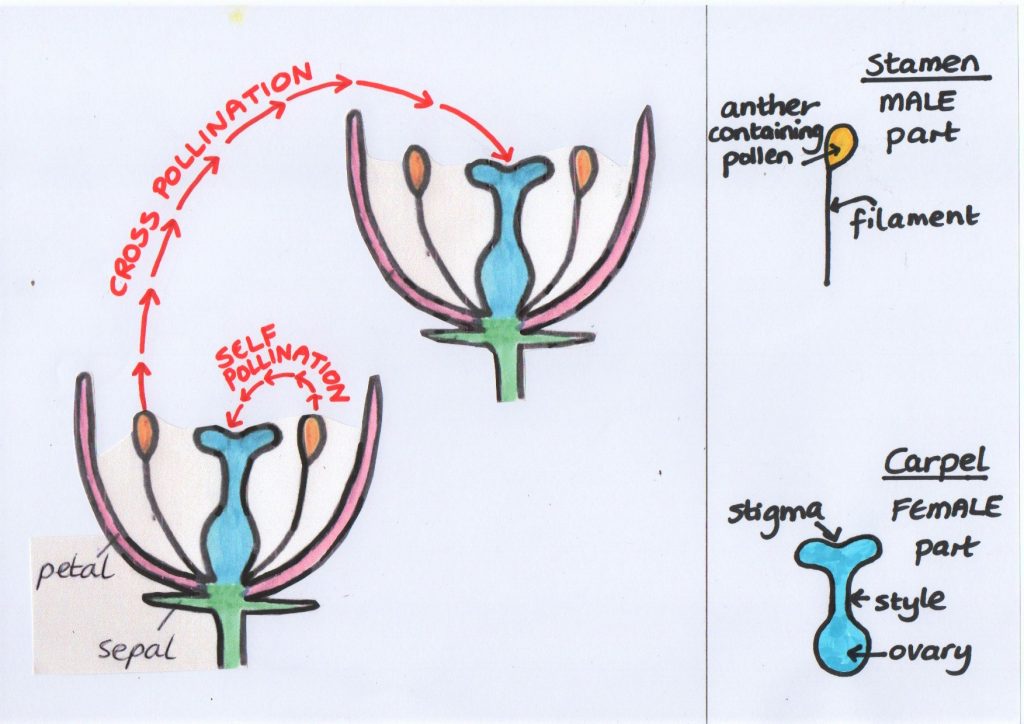


All 3 flowers in the previous diagram and photos show the anther and the stigma. Pollination is when the pollen grains move from the anther to the stigma of flowers of the same species.
2. Cross Pollination and Self-Pollination
Cross-pollination occurs when the pollen has come from the flower of a different plant (of the same species) In this case the resulting seeds will have more genetic variation resulting in increased variability in a plant population. Cross pollination is nature’s way of ensuring a better chance of survival should habitat, environment or climate change. Cross pollination is common in the family Brassicaceae. The species Brassica oleracea includes the varieties: broccoli, Brussels sprouts, cabbage, cauliflower, collards and kale which are self-incompatible meaning they will not self-pollinate but as they are the same species they will readily cross pollinate. If you collect seed from a cabbage for example it is likely to have crossed with a cauliflower if there is one nearby. Saving seed from Brassica oleracea is great for plant breeders looking for new varieties but if you want to save your own pure seed from a cabbage you have to isolate them by placing fine mesh over them so that pollinators cannot transfer the pollen from the cauliflower to the cabbage.
Cross pollination is a less reliable method for seed production, as a vector is needed to transport the pollen from one plant to another, but there is more genetic diversity which increases the chance of survival.
Self-pollination (also known as selfing) is when the pollen is from the same flower or a flower on the same plant. This is common in the family Fabaceae. eg peas and beans. Self-pollination also occurs in most tomato plants which means that when you save tomato seeds they usually come true to type. (True to type means that the offspring are the same as the parents) In tomato flowers, the pollen falls by gravity from the anther onto the stigma in the same flower. Gently shaking the plant will assist with pollination. In commercial greenhouses bees are introduced to increase crop yield as they disturb the pollen when they visit the flowers looking for the nectar reward. The advantage of selfing is that it gives reproductive assurance, but the disadvantage is, it decreases genetic variation, promoting inbreeding.

In order to prevent selfing and therefore prevent inbreeding some flowers are self-incompatible. For example apples have to be cross pollinated by another apple cultivar as most are self-incompatible. Even though an apple flower has both male and female parts within it the pollen grain will not germinate when it lands on its own stigma. This is why apples are propagated by grafting rather than grown from seed as the seed will not come true to type as there is always a random crossing of genetic material. However if you do grow an apple from seed it may grow into an amazing new type of apple but you would have to wait 20 years to taste it to find out.
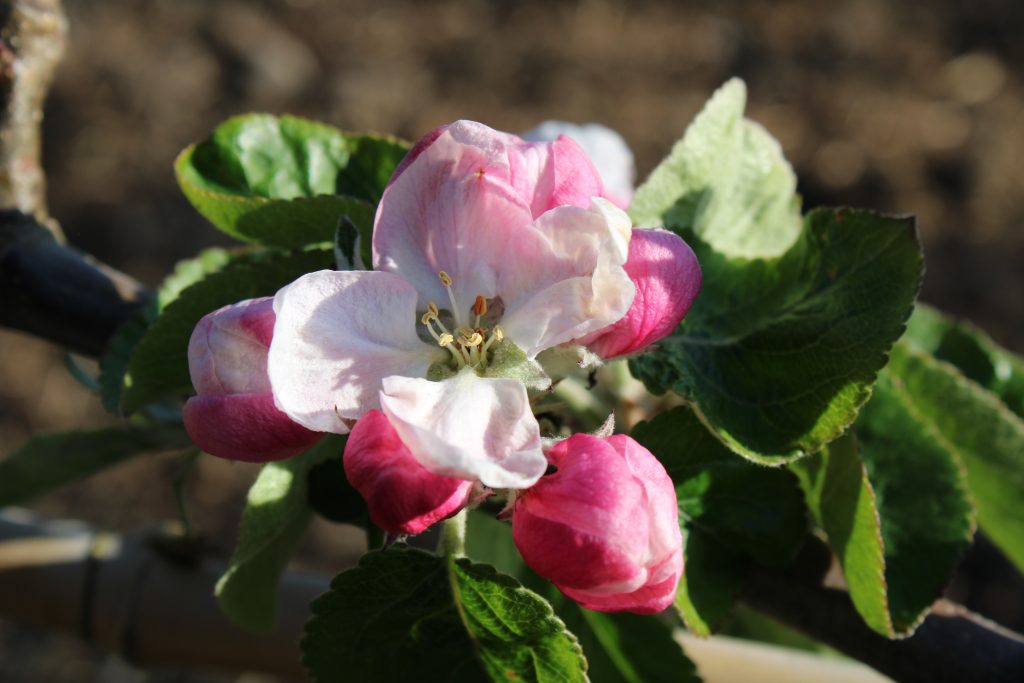
3. Pollination Vectors
In the northern hemisphere, pollen is generally moved by either wind or by insects. In the southern hemisphere plants have evolved to be pollinated by birds such as hummingbirds and mammals such as bats and rodents. Water can also be a pollination vector. Hence the syllabus focuses on two pollination vectors: insects and wind.
4. Features of insect pollinated and wind pollinated plants.
Pollination by insects Insect pollination occurs in angiosperms and includes both monocotyledons (orchids, tulips, crocus) and dicotyledons (many herbaceous perennials, annuals, trees and shrubs).
Online resources tend to focus on bees as pollinators, including bees which live in colonies (honey bees and bumble bees) and solitary bees. In the UK there are 250 different species of solitary bee. Bees are good pollinators as they tend to visit many flowers of the same species at one time rather than flying between different species. The bees visit flowers for rewards such as nectar or pollen. While bees are excellent pollinators there are many other insects which carry pollen from one flower to another and these include butterflies, beetles, wasps, moths, flies, ants and many more. In the process of visiting multiple flowers, pollinators accidentally transfer pollen between compatible flowers of the same species (pollination) Flowers and insects have evolved together so that some flowers are pollinated by particular pollinators. Flowers attract pollinators by offering the reward of nectar and pollen and may have other means to attract the pollinator such as flower patterns guiding the insect to the centre or scent.
Insect pollinated plants have the following features:
- Flowers need to stand out against the green backdrop so petals are colourful and patterned to attract attention.
- Flowers are large so that they stand out and can accommodate the insect.
- Have a sugary reward in the form of a nectary at the base of the petals which encourages the insect to push into the centre of the flower so that pollen is accidentally dislodged onto its body.
- Are scented to signal to insects.
- Pollen tends to have a textured sculpted surface so that it sticks to the insect’s body like Velcro.
- Pollen is produced in smaller amounts compared to wind pollen.
- The stigma is lobed for a large surface area and has a sticky surface so that the pollen stays in place.
- The male and female flower parts are enclosed within the petals (corolla) rather than hanging outside the flower. They are positioned so that they brush against the pollinators body.
- Flowers may be designed for pollination by particular pollinators based on the length of the pollinators tongue. There are short, medium and long tongued bees which are suited to different flower shapes.
- Some flowers have a ‘landing pad’ for the pollinator which then opens with the weight of the bee such as Antirrhinum majus. Honey bees find it difficult to enter the snapdragon whereas a bumble bee is larger and can enter the flower as demonstrated in the following video: https://www.youtube.com/watch?v=Bq0HK8cPg-4
- · Some flowers have markings called guidelines which ‘point’ to the nectar, encouraging the insect to push into the centre of the flower.
- Some flowers, like the bee orchid have evolved to have very special adaptations where they mimic a female bee thus encouraging a bee to mate with the flower which leads to pollination as the bee moves from flower to flower trying to find a mate. Poor bee! To learn more about the bee orchid watch this video: https://www.youtube.com/watch?v=GV0oLYLgSJs
- · Ultra violet invitations – A bee sees a flower differently and can see ultra violet light which may highlight the ‘target’ in the centre or show patterns which human eyes cannot see. This website shows the same flower under visible light and UV light. Take a look, it is amazing what a bee sees. http://www.naturfotograf.com/UV_flowers_list.html#top
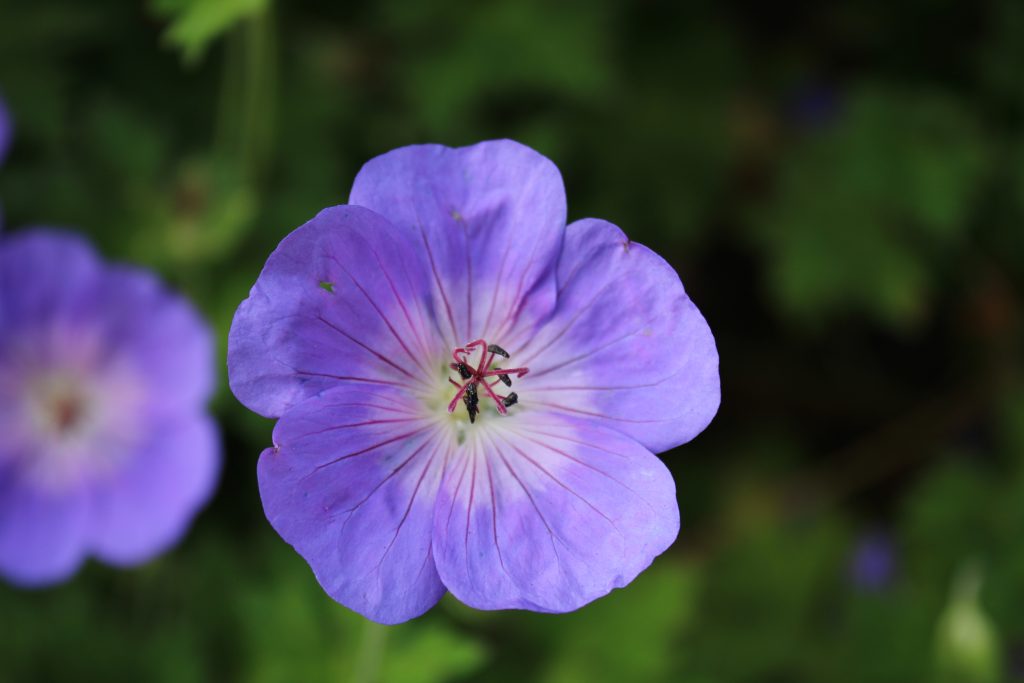
Pollination by wind Wind pollination occurs in gymnosperms (conifers), trees (dicotyledons) and monocotyledons (Zea mays or sweetcorn, grasses, barley) so is not associated with a particular plant classification category. Pollination by wind is a much more random process as it does not involve animals looking for visual cues. It is rather hit-and-miss yet is very important as grasses, cereals and many trees are pollinated by the wind. To understand the features of wind pollinated plants here is a very simple diagram of a grass flower. Please note that it explicitly says in the RHS syllabus that you need to be able to draw a diagram of a monocot flower but not a grass. This picture of a grass flower is just to help with identifying the features of wind pollinated flowers.
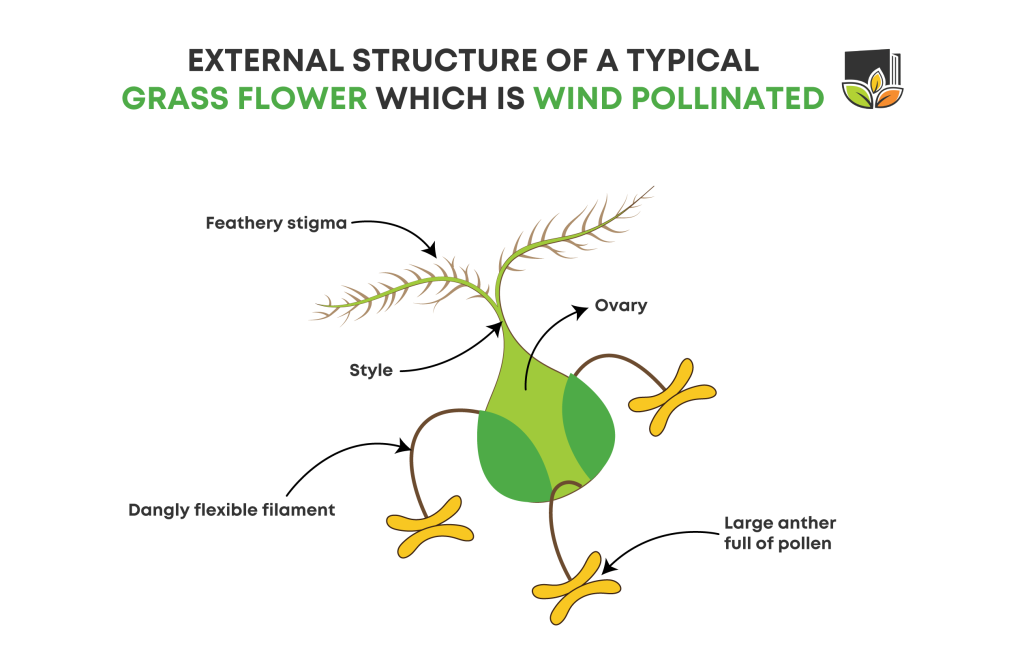

Wind pollinated plants have the following features:
- Small insignificant flowers.
- No nectary and are not scented.
- Flowers are often beige/brown in colour
- Flexible filaments which carry the anther that dangle outside the flower so that the pollen will be dislodged by the wind.
- Wind pollinated trees have catkins which are a type of inflorescence which dangles so that pollen can be dislodged more easily.
- Feathery stigmas which hang outside the flower so that there is a larger surface area to catch the pollen dispersed by the wind.
- Large amounts of lightweight smooth pollen grains are produced so that there is a greater chance of pollination as a lot will be wasted. (This is the cause of hay fever as the pollen is easily breathed in)
- Flowers open before the leaves appear (in hazel for eg) so pollen dispersal is not obstructed
5. Hermaphrodite, Monoecious and Dioecious plants
These terms describe the location of the male and female flower parts on a plant and influences whether cross pollination or selfing occurs. Hermaphrodite or perfect flowers These are the majority of plants and have both male and female flower parts within the same flower. The photos shown so far are hermaphrodite flowers. These flowers have the potential to self or cross-pollinate.
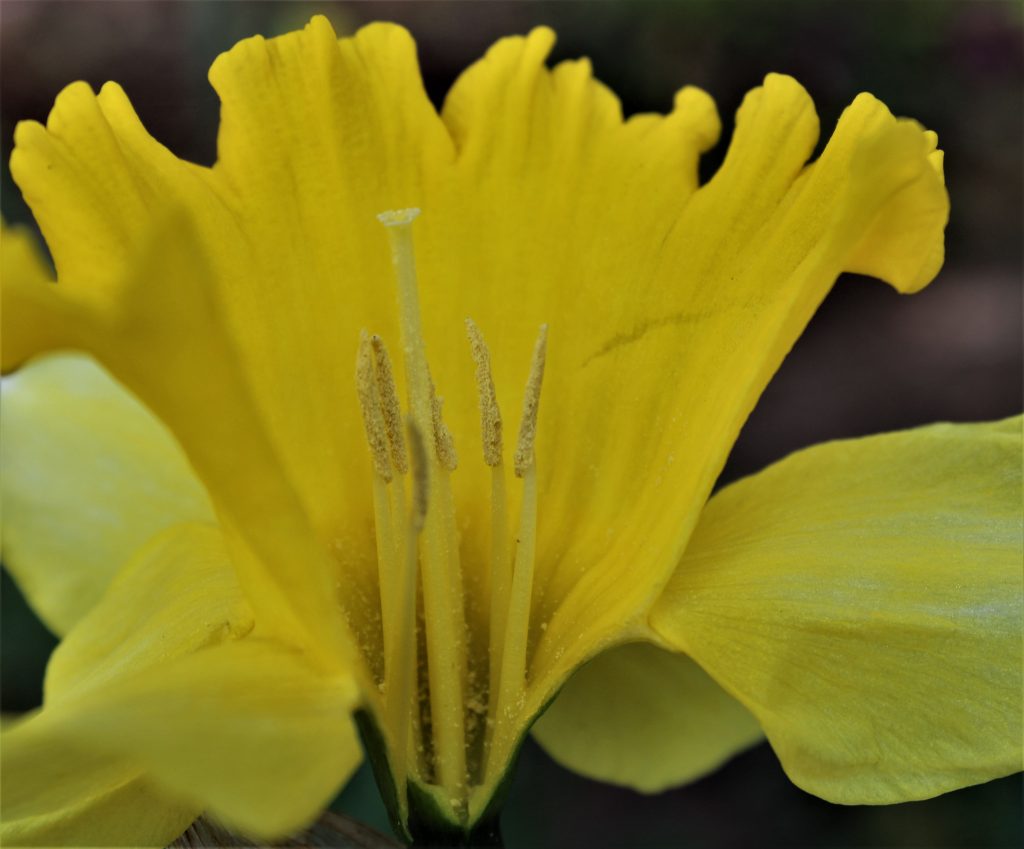
Monoecious plants Male flower parts and female flowers parts are found in separate flowers on the same plant. Monoecious = one house Examples: Zea mays, Cucurbita pepo (Courgette), Begonia x tuberhybrida, Corylus avellana, Betula pendula. Hand pollination of courgette and pumpkin and squashes will help with fruit set.
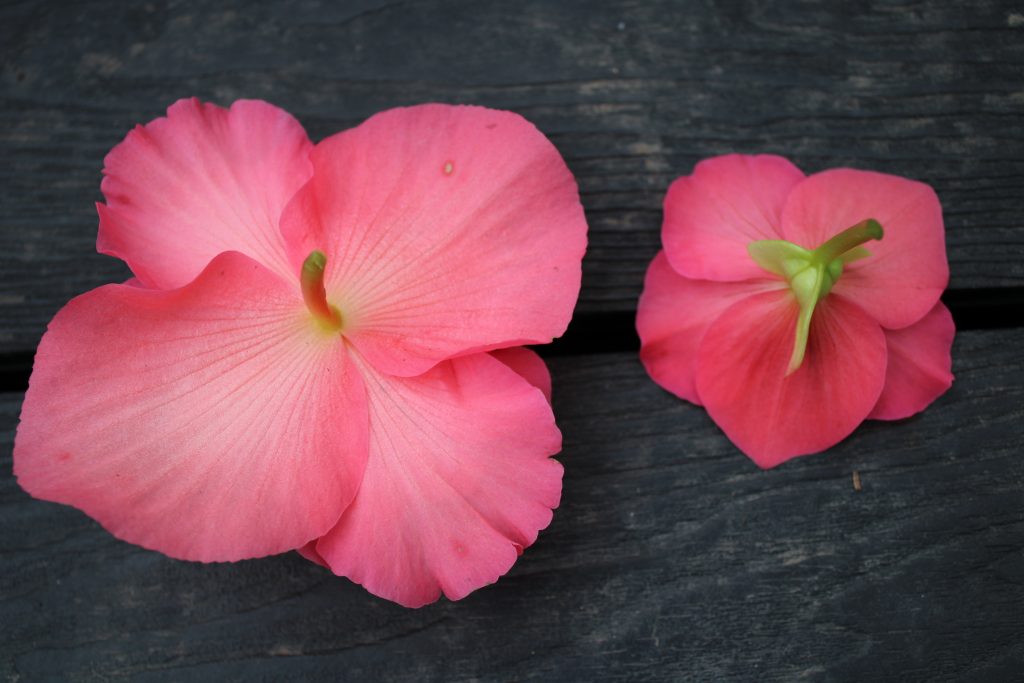
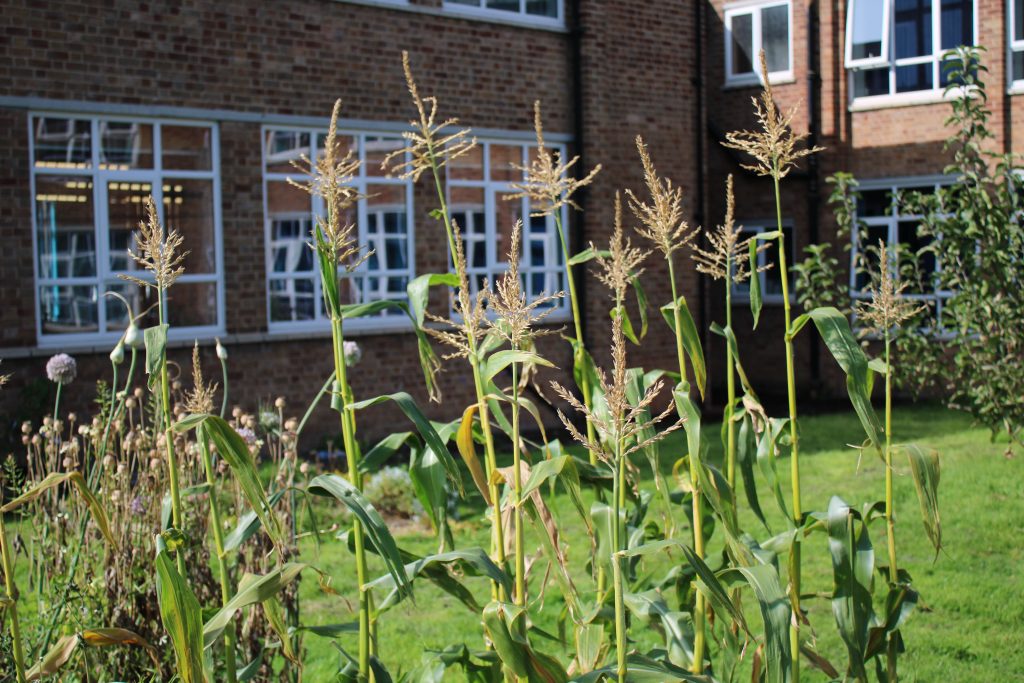
Dioecious plants Male flowers are found on one plant and the female flowers are found on another plant of the same species Dioecious = two houses Examples: E.g. Ilex aquifolium (Holly), Garrya elliptica, Skimmia japonica, Asparagus, Ginkgo biloba, Pampas grass. A female holly gives the additional benefit of red berries at Christmas but there still has to be a male nearby to pollinate it. The male Ginkgo and asparagus are usually planted because the fruits of the female gingko are foul smelling and asparagus is grown for its edible young stems so there is no need to waste energy producing fruits.
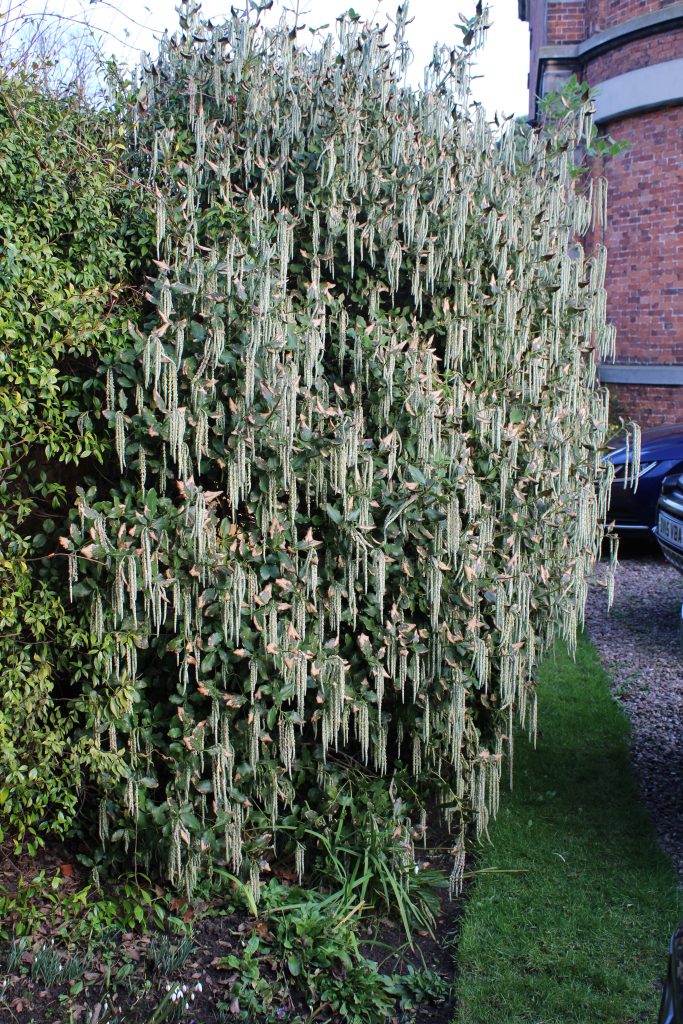
If you consider movement of pollen, hermaphrodite flowers can be selfed or cross-pollinated, monoecious flowers can be selfed (but less likely as a vector has to take the pollen from one flower to another flower on the same plant) or cross pollinated and dioecious plants can only cross pollinate.
6. Environmental and human threats to pollinators.
I can remember years ago after a car journey there were lots of insects squished on the bumper and windscreen. Nowadays there are hardly any. Studies show a decline in insect numbers and diversity.
Threats
- Climate change – Weather patterns are becoming more unpredictable. Bees will not fly in cold windy weather. Shelter is important for pollinating insects (orchards and vegetable gardens) and can be provided by planting a windbreak hedge.
- Some cup shaped flowers such as crocus and tulips try to protect pollen from rain by closing their petals when overcast so that pollen does not get washed away. Increase in heavy rain fall may affect efficient transfer of pollen.
- Insecticides used to kill pests will also kill beneficial pollinators.
- Plant Breeding. Double forms are considered a more decorative flower but do not often have floral parts that produce pollen and nectar for insects or enable easy access to pollen and nectar if present. Insects prefer single flowers so that they can reach the nectar.
- Urbanisation can lead to less biodiversity. For example there may be lots of female Ilex aquifolium trees but no male tree nearby to pollinate them. Production of holly berries relies on the female dioicous tree being pollinated by a male. There is also loss of habitat for insects and wildlife and disruption of the food web.
- Deforestation and loss of habitat for beneficial pollinators.
- Varroa mite and bees. Bee populations are decreasing due to the varroa mite which can wipe out bee colonies.
- Apples (Malus domestica) need cross pollination partners which are in the same pollination group i.e. the flowers are open at the same time so that the bee can travel from one flower to another and transfer the pollen. Global warming weather predictions forecast later frosts in April so early flowering apple trees may suffer from frost damage which will adversely affect fruit yield.
7. How to get your garden buzzing and fluttering.
- Grow a wide range of flower shapes and types which flower throughout the year particularly in Winter, Spring and late Autumn when nectar is scarce.
- Let the clover in your lawn flower as long as possible before mowing, as this is a rich nectar source.
- Let parts of the lawn grow long so that wild flowers such as buttercups have chance to flower.
- Provide bee hotels which are structures which have narrow tubes where solitary bees can lay eggs encouraging reproduction.
- Grow plants for bees such as Lavendula officinalis, Echinops ritro, Limnanthes douglasii, Phacelia tanacetifolia, Digitalis purpurea. These are nectar rich flowers.
- Phacelia tanacetifolia is sold as a green manure but if not dug in and allowed to flower it is a bee haven.
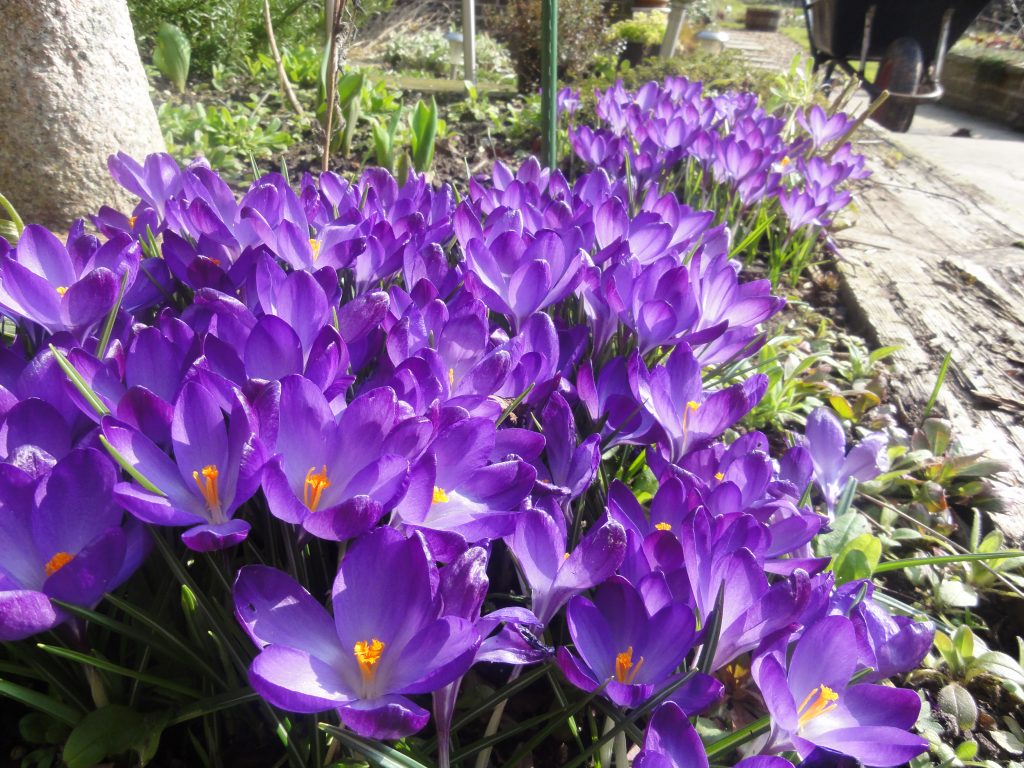


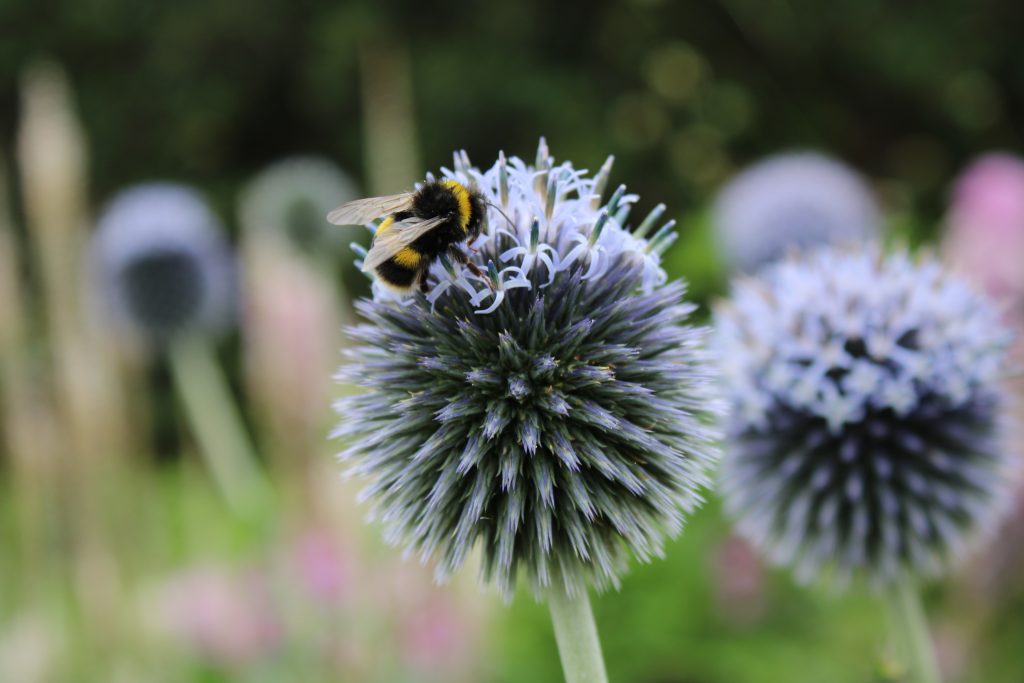
- Grow plants for butterflies and moths such as Buddleja davidii, Hylotelphium telphium and Lonicera periclymenum (Honey suckle is fragrant at night to attract moths)
- Choose single flowered blooms rather than double flowered tightly-packed flowers. For example Dahlia ‘Bishop of York’ is a single flowered form with flower parts on show and easily acceptable for bees, compared to the cactus type of Dahlia. See here for other Dahlia recoomendadtions which appeal to pollinatiors such as bees. https://www.gardenersworld.com/plants/single-flowered-dahlias-to-grow/
- A study found that bees tended to visit violet, blue, pink and yellow but rarely red flowers. Red flowers in their natural habitat such as Fuchsia (South America) are often pollinated by birds. Fuchsia magellanica is pollinated by the humming bird.
- A garden rich in insects will also encourage biodiversity and natural pest control. For examples birds are attracted to the garden and will eat all kinds of insects including insect pests such as aphids.
8. Practical ways to increase fruit yield. (promote pollination and fertilisation)
- Hand pollination will assist pollination in monoecious flowers such as courgette and squash. https://www.youtube.com/watch?v=O3VRlKa3Cqc&feature=emb_logo
- Orchards and vegetable plots require shelter for active bee pollination so choose a sheltered site or plant a windbreak hedge.
- Choose cross pollination partners for apples as they will not pollinate themselves even though they are perfect flowers and contain both male and female parts.
- Commercial growers will hire bee hives when fruit blossom is open to increase the rate of pollination.
- Commercial growers will put bee hives in tomato crop green houses to increase pollination rates.
- To attract pollinators to the garden, plant a range of plants with different flower shapes and colours. Nectar rich flowers which are open early and late are bonus plants which help bees to survive when nectar is in scare supply. (e.g.Crocus and Hylotelphium telphium.)
- Wind pollinated crops such as sweetcorn should be planted in blocks rather than rows (minimum of 16 plants) to increase the chance of wind pollination.
All the above are ways to promote pollination. Even though pollen may land on the stigma of the same species, fertilisation then has to follow for successful fruit and seed formation.
9. What is fertilisation?
Think of pollination as a dinner date. If you are matched and get on very well it may one day lead to babies (fertilisation) But many dinner dates don’t lead to more, people get together (pollination happens) but fertilisation may not. Fertilisation is the next stage on from pollination. Fertilisation involves the following steps:
- In the pollen grain a male gamete forms which has half the usual amount of genetic material. (Equivalent to sperm in humans) In the ovule which is in the ovary, a female gamete forms which has half the usual amount of genetic material. (Equivalent to a female egg cell in humans)
- If the pollen grain is from the same species as the stigma it lands on, a pollen tube grows downwards towards a small opening in the ovule wall called the micropyle. The pollen tube enters the ovule.The male gamete is releases from the pollen grain and travels down the pollen tube towards the female gamete.
- Fertilisation occurs. The male and female gamete unite to form a zygote which has the full set of genetic material (diploid)
- The zygote then develops into the plant embryo enclosed within the testa of the seed. Formation of seed. A seed is defined as a mature ovule consisting of the plant embryo and a protective coat called the testa. The seed is enclosed in the ovary which is called the fruit and has many different forms. The ovary is often modified for seed dispersal.
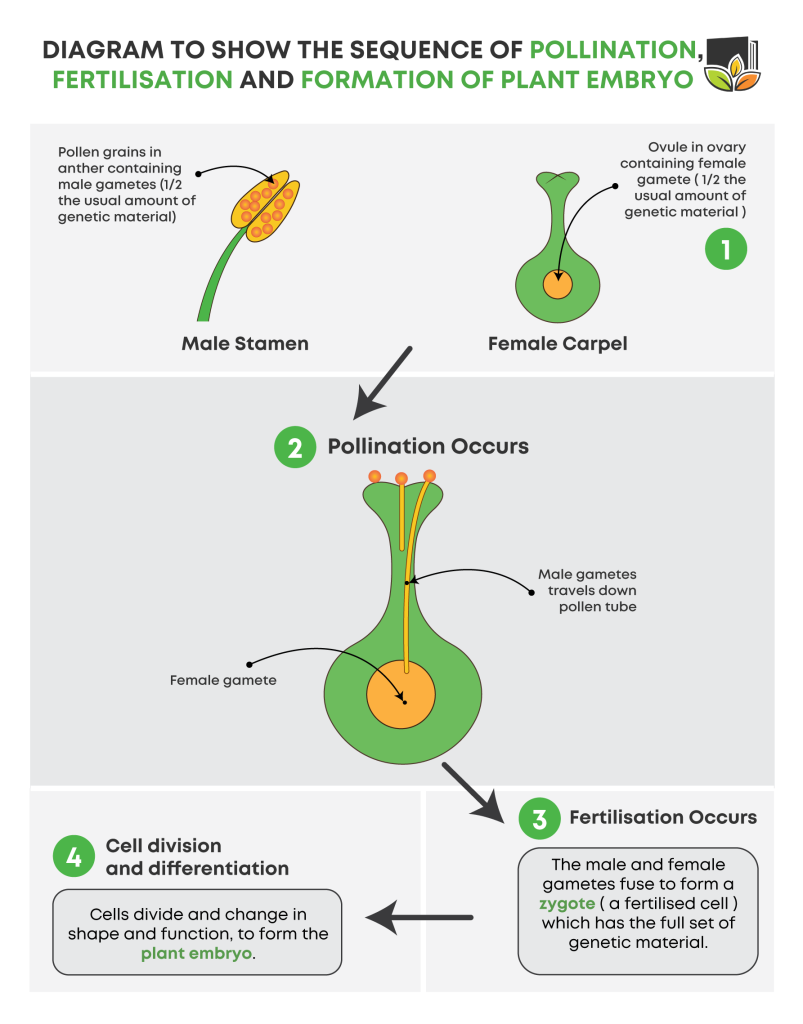
And finally
Insects are very adaptable. Abutilon megapotamicum is native to Brazil and there, humming birds pollinate it by hovering below and sticking their long beak and tongue into the red flower. Bees in the UK don’t have a long enough tongue to reach the nectar (and these are very rich in nectar) so instead they make a hole at the base to access the sugary drink. I saw this happening on a visit to Arley hall in Cheshire and here is proof:
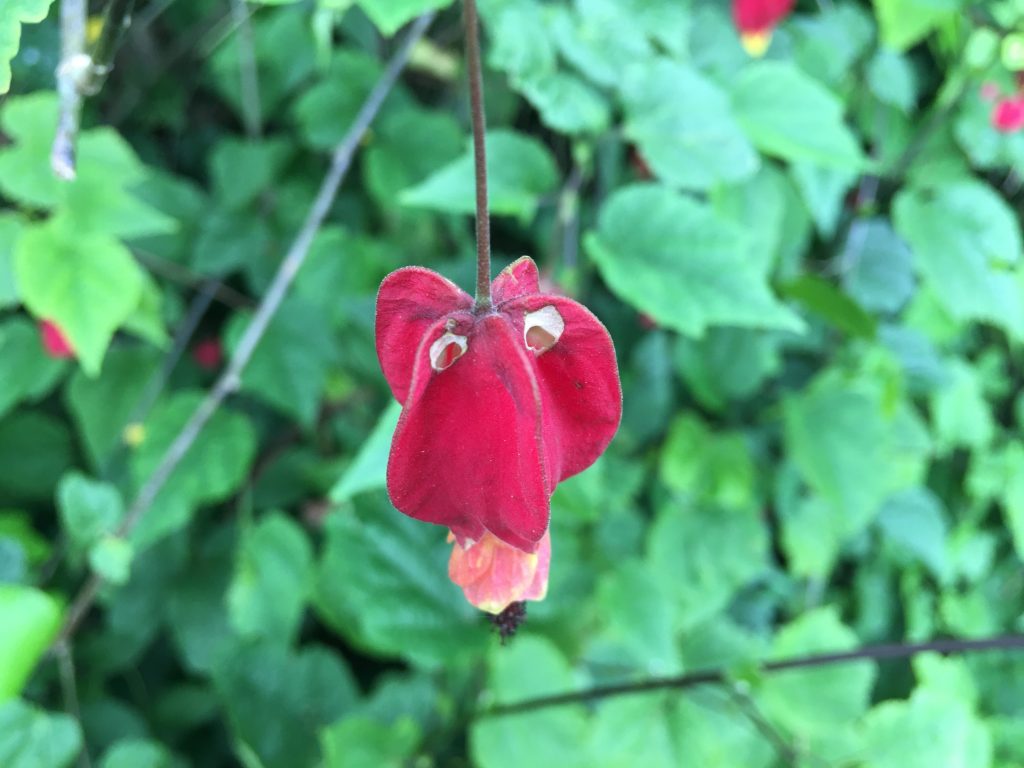
Remember that the best way to revise a topic for exams is to first understand it and then do all the past RHS questions on that topic.

